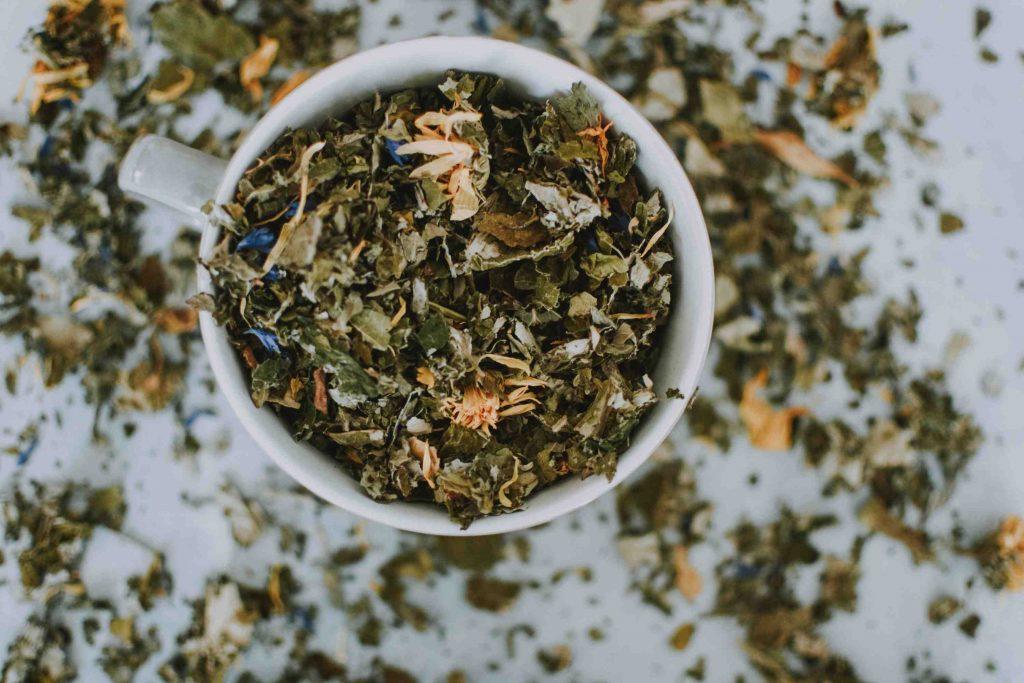Dried herbs are a staple in many kitchens, adding flavor and aroma to a variety of dishes. But with so many options available, it can be overwhelming to know which herbs to use and how to store them properly. In this guide, we’ll explore the world of dried herbs, including their flavor profiles, culinary uses, and tips for storage and preservation.

What are dried herbs and why use them?
Dried herbs are simply fresh herbs that have been dried out, either naturally or through a dehydrating process. They are a convenient and cost-effective way to add flavor to dishes, as they have a longer shelf life than fresh herbs and can be easily stored in a pantry or spice rack. Dried herbs also have a more concentrated flavor than fresh herbs, making them a great option for recipes that require a stronger herb flavor.
List of few dried herbs
- Dried Dandelion Roots
- Dried Lemongrass
- Dried Chrysanthemum
- Dried Rosemary
- Dried Rose buds
- Dried Mint
- Dried Hibiscus
- Dried Cornflowers
- Dried Chamomile
- Dried Calendula
- Dried Basil
- Dried Marigold
- Dried Oregano
- Dried Jasmine
- Dried Lavender
How to properly store dried herbs?
Proper storage is key to maintaining the flavor and potency of your dried herbs. Store them in airtight containers, away from heat, light, and moisture. Glass jars with tight-fitting lids are a great option, as they allow you to see the herbs and protect them from air and moisture. Keep your dried herbs in a cool, dark place, such as a pantry or cupboard, and avoid storing them near the stove or other sources of heat. With proper storage, your dried herbs can last up to a year or more.
